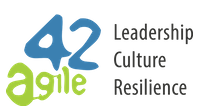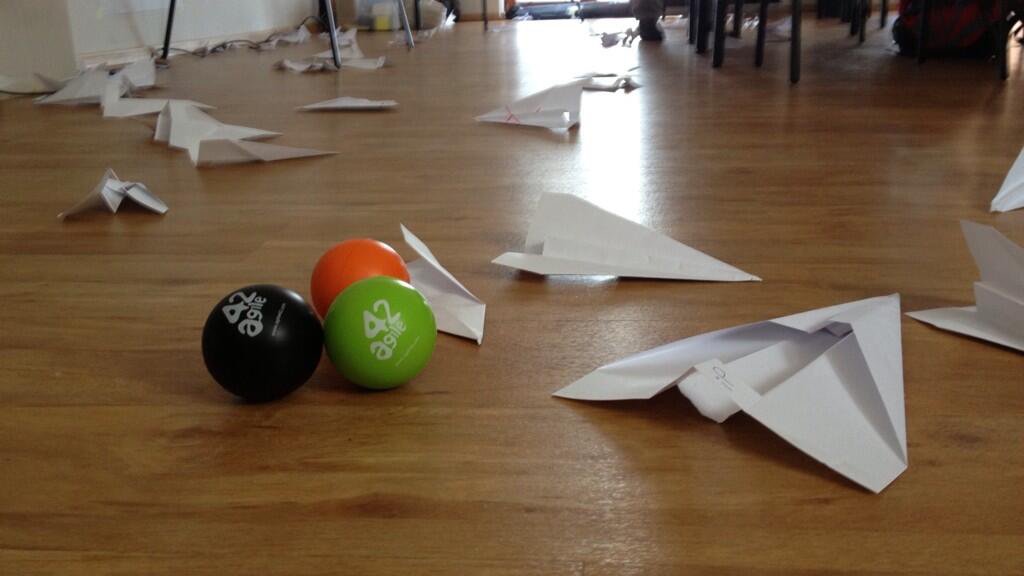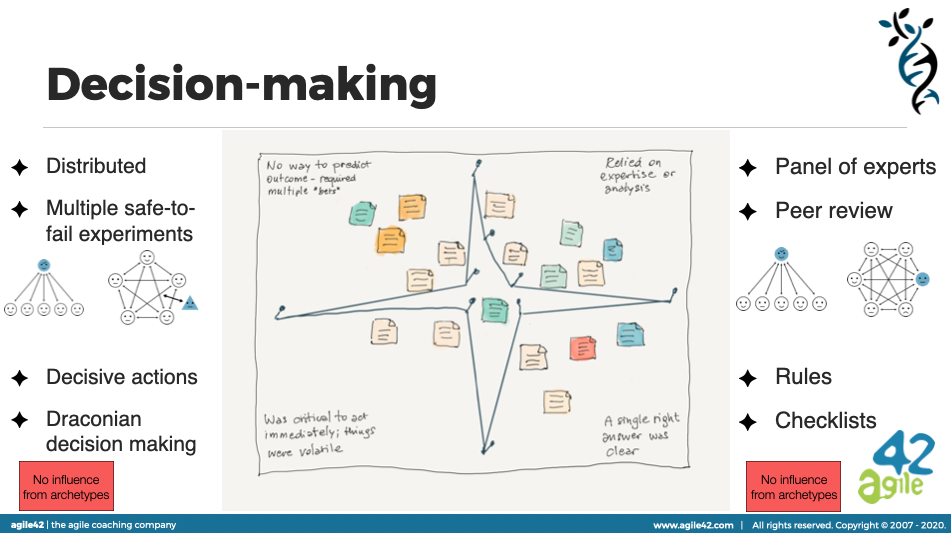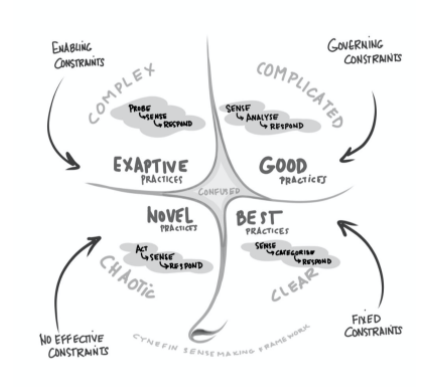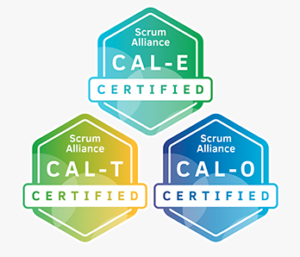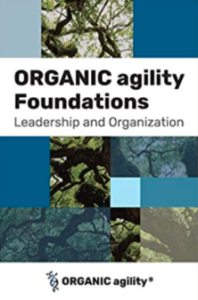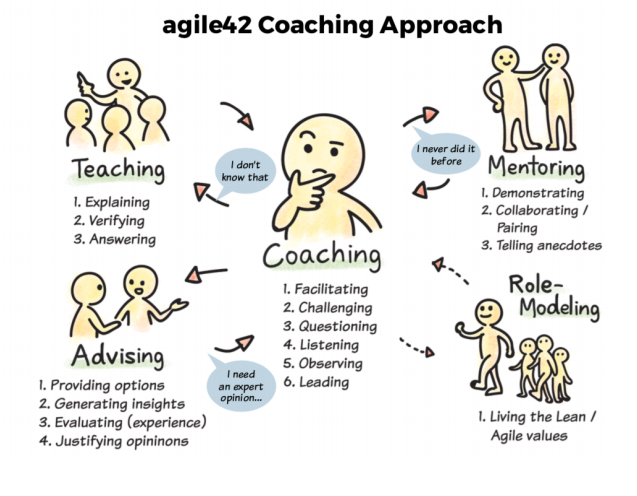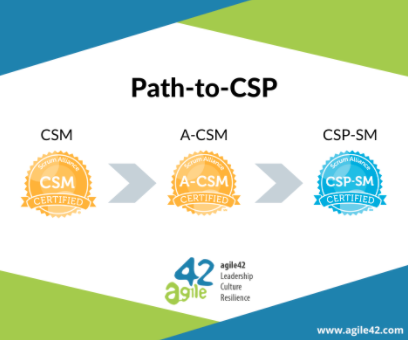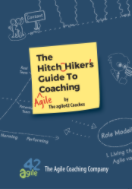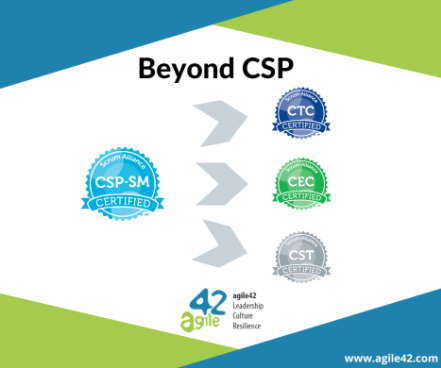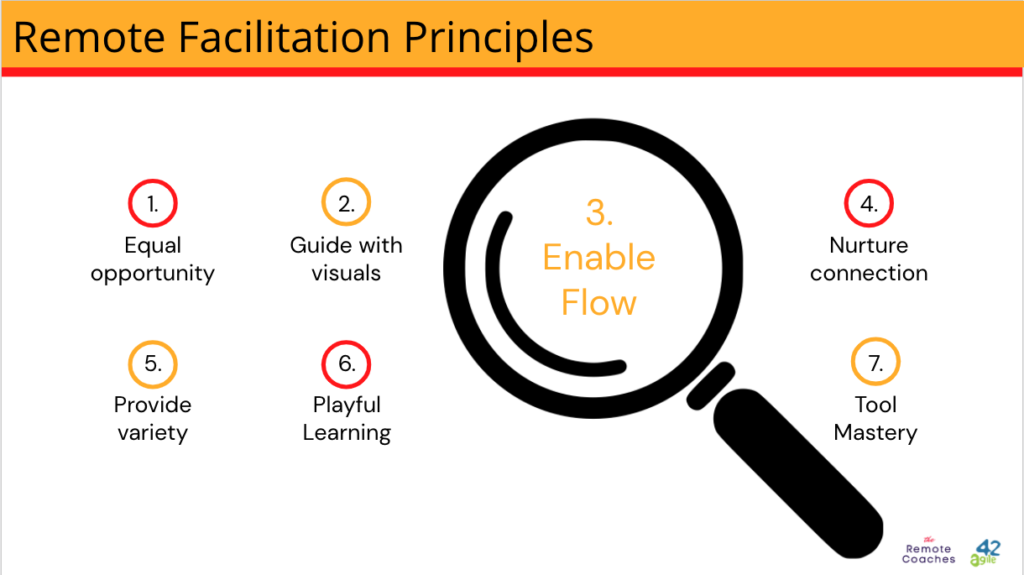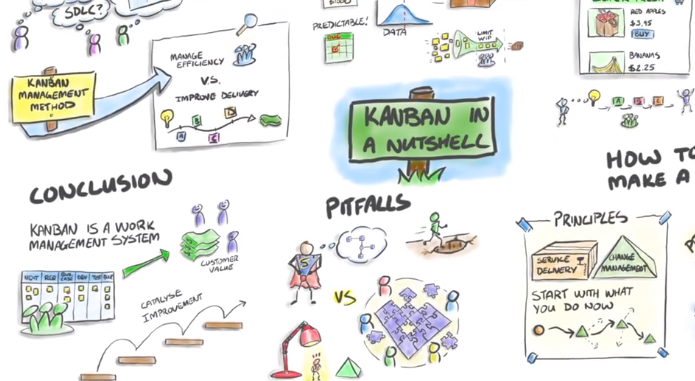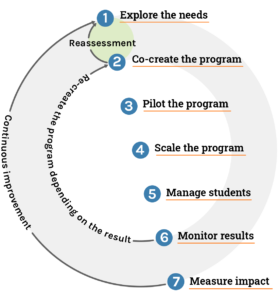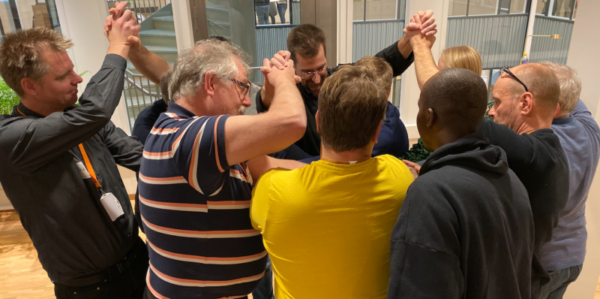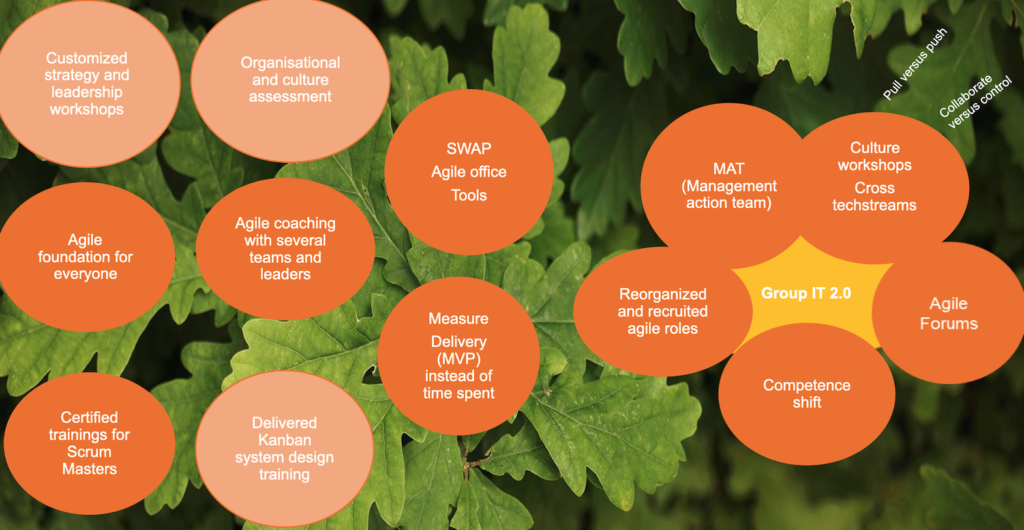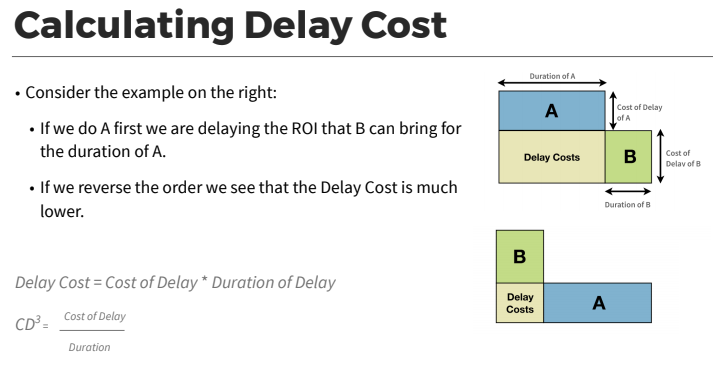Certified Scrum Product Owner (CSPO) Training
Certified Scrum Product Owner (CSPO) Training
This course is an intense introduction to Agile Product Management, requirements definition and the Scrum framework.


- Duration: 16h
- Delivery: Remote / Face-to-face
- Certifications: CSPO Certification (Scrum Alliance)
- PDU: You can claim 14 PDUs for this training
Overview
Our Certified Scrum Product Owner (CSPO) training class is a learning experience that provides students a full immersion into what it takes to be a great Product Owner. You will learn the theory of the Scrum Framework and then we work through tools to enable great Product Ownership.
The class is presented in a highly interactive and collaborative format with elements of lecture, classroom discussion, exercises, games and simulations, smoothly blended throughout the class. We will approach the class at a sustainable pace and endeavour to take breaks often, to allow our brain to stay focused and our body to recharge when necessary.
Upon completion of the class, students will receive their Certified Scrum Product Owner (CSPO) certification and badges from the Scrum Alliance.
“The training reinforced for me the paradigm shift from the waterfall approach in a monolithic organization to Agile’s concept of servant leadership. Yes, I’m leading the team, but I’m here to enable your success.”
Michael M.
Pre-requisites
There is no pre-requisite for attending this class.
Target audience
The Certified Scrum Product Owner course is appropriate for aspiring Product Owners, business analysts, managers, project managers, and organizational team leaders seeking a deeper understanding of the Product Owner role, and how to improve Product Ownership in their organizations

Training topics
- Scrum in a Nutshell
- Understanding the role of the Product Owner
- Techniques for building a compelling product vision
- Expressing the Product Goal using Opportunity Canvas
- Models and techniques for prioritizing product features
- Practical methods to understand your key customer segments
- User Story Mapping: creating a shared understanding of customer needs
- User Stories: eliciting and clearly defining stakeholder needs
- Effective ways to create and refine a Product Backlog
- How Product Ownership works with multiple teams
Included in the training
- Product Owner Certification
- Certificate + two-year membership to the Scrum Alliance
- Slack channel to continue collaborating with your classmates after the class and access trainers to ask questions
- Link to the Do Better Scrum booklet
- Option to join the agile42 Community and get access to a number of free learning resources, like books, articles and videos
- Life-long warranty on the course: e-mail access to the trainers
In case of a remote training
- We will use Zoom as a video conferencing platform.
- We will use Slack as an additional messaging channel.
- We will use Miro as an online whiteboard for digital collaboration.
Why agile42?
- Experience: Over the years, agile42 has delivered Scrum & Agile training to thousands of professionals worldwide. Our instructors have decades of experience using and coaching Scrum in hundreds of organizations large and small.
- Excellent ratings: We consistently receive excellent ratings from our participants.
- Techniques: In all of our classes, we use techniques from Accelerated Learning and in particular principles and concepts from Training from the Back of the Room.
- Engaging: Our courses are highly interactive and fun – not a PowerPoint assault, and our participants stay engaged throughout the class, learn by doing, and have fun along the way. When learners talk and teach, they learn. -Sharon Bowman
- Practical and Memorable: Participants learn through hands-on exercises – creating high knowledge retention.
- Sustainable: We are contributing to a greener planet by decreasing our carbon footprint by not having people travel to the venue, and less paper usage in terms of flipcharts and post-it notes.
Upcoming training
Prioritising with Cost of Delay
This week the “Meet the Coach” webinar series delved into the interesting topic of “Prioritising with Cost of Delay”. The presentation went really well and we had many people listening, once again. It makes us happy to see so many people returning to our webinars, with new faces joining all the time. We hope to see you all again soon!
Whether it is for large initiatives or items on the product backlog, prioritising work is something many organisations are struggling with. Some choices will have different impacts for certain stakeholders. Often it is hard to keep things objective, since there are opinions, ego’s, status and emotions involved. Ordering by value is not always as linear as you would expect. In many cases we are comparing apples with oranges, for example how do you compare an initiative to attract new users with quality improvements?
In the webinar we looked at different aspects related to comparing items and I explained the concept of Cost of Delay and how it can be used as a prioritisation technique. Below you can find some of my suggestions from the webinar.
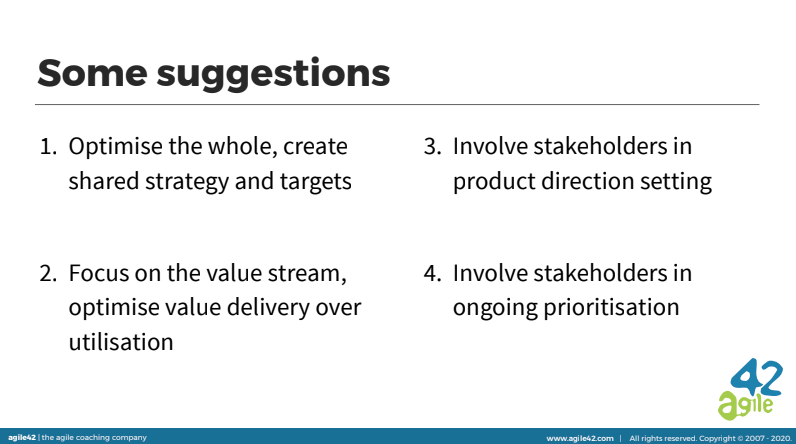
If you missed out on the webinar, don’t worry! We have the recording available for you. Feel free to share it around with friends and colleagues. The recording of the session is available on YouTube. If there is anything we can help you with regarding this topic, feel free to contact us.
As mentioned in the webinar, if you want to learn more about Cost of Delay, or how to work with stakeholders, how to make choices and how to be a good Product Owner – join a training with us!
The Product Owner journey starts here.
Take the first step on the journey by attending Certified Scrum Product Owner training.
In this training you will learn the theory of the Scrum Framework and work through tools to enable great Product Ownership. The CSPO course is appropriate for aspiring Product Owners, business analysts, managers, project managers, and organizational team leaders seeking a deeper understanding of the Product Owner role, and how to improve Product Ownership in their organization.
If you are already a CSPO, take the next step and deep dive with Advanced Certified Scrum Product Owner training . All upcoming trainings can be found online. Please bare in mind that in order to receive an A-CSPO certification it’s required to hold a valid CSPO certification with Scrum Alliance and validate at least 12 months of work experience specific to the role of Product Owner (within the past five years).
We run all our trainings both remotely and in-person! If your organization would prefer a private training, we can even look at customising the training for you. Get in touch and we can discuss the best solution!
And don’t forget about the coaching. At agile42 we do a lot of role coaching, and the support we can give your Product Owners will help their daily work.
I have shared the slides used during the webinar below:
Here you can learn more about the Business Value Game. The Business Value Game is a tool for estimating the Business Value in software development projects, it helps Product Owners and Stakeholders in sharing information related to Business Values in a relatively short time. It avoids anchoring by asking each Stakeholder to play their estimate card so that it cannot be seen by the others and then all cards are exposed at once.
Here you can order the Planning Poker Cards. Planning poker is mostly used to estimate the effort or the relative size of tasks in software development. The members of the project team come together and estimate each item in a few rounds using the planning poker cards until the team reaches consensus on the size of each item or task.
For more webinars and recordings, please look here!
Hope to see you in the next ones!
